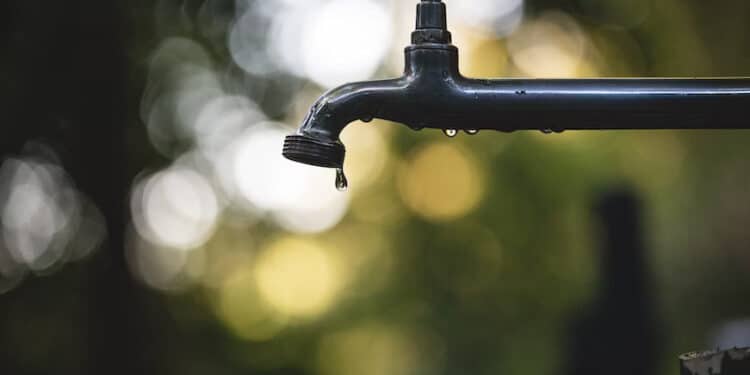For decades, the residents of the communities surrounding Camp Lejeune, a U.S. Marine Corps base in North Carolina, have faced the devastating consequences of water contamination. Toxic chemicals, such as volatile organic compounds (VOCs) and industrial solvents, infiltrated the water supply, leading to severe health issues among the population.
According to the Agency for Toxic Substances and Disease Registry (ATSDR), Camp Lejeune water pollution has been linked to cancer, birth abnormalities, neurological impairment, neurobehavioral problems, and other illnesses.
Despite these difficulties, there is hope. Significant progress can be achieved in resolving the issue and assisting the affected persons by banding together and empowering the communities affected by the Camp Lejeune water contamination.
In this article, we will discuss the community empowerment efforts made to address the water contamination issue at Camp Lejeune and the progress achieved so far.
Table of Contents
Understanding the Camp Lejeune Crisis
The Camp Lejeune contamination crisis emerged when it was discovered that drinking water supplied to the base and nearby communities contained harmful chemicals, including known carcinogens.
This exposure caused numerous health problems, including birth defects, various types of cancers, and other serious illnesses. Understanding the extent and consequences of the contamination is crucial in addressing the needs of affected communities.
Advocacy for Health and Justice
One of the key components in empowering affected communities is the pursuit of justice. Numerous lawsuits have been filed against the U.S. government and the responsible parties, seeking compensation for the damages caused by the Camp Lejeune contamination.
Through the Camp Lejeune lawsuit, affected communities are reclaiming their voices and demanding justice for the health and environmental injustices they have endured. These legal battles serve as a powerful means to challenge the systems that allowed the contamination to happen and seek redress for the harm caused.
According to TorHoerman Law, these legal battles aim to hold accountable those responsible for the negligent handling of toxic substances and to provide financial support for the medical expenses and suffering endured by affected individuals.
Supportive Networks and Resources
Building supportive networks and providing essential resources is essential for empowering affected communities. Support groups, both online and offline, offer a platform for individuals to share their experiences, seek emotional support, and access valuable information. Additionally, connecting affected individuals with healthcare providers, legal assistance, and community services can help alleviate the burdens they face.
Collaboration and Initiatives
Efforts to address the contamination crisis involve remediation and environmental cleanup. These initiatives aim to restore the quality of the affected water sources, ensuring the safety of future generations.
Collaboration among government agencies, environmental organizations, and community people is critical to implementing effective cleaning techniques. The Navy erected a groundwater treatment system and a bio-treatment cell for polluted soil, according to the United States Environmental Protection Agency (EPA). The reaction emphasizes the cooperative approach utilized to deal with the pollution situation.
Promoting Health and Wellness
Supporting the health and well-being of affected individuals is paramount. Health initiatives that focus on providing access to specialized medical care, mental health services, and educational resources can significantly improve the quality of life for those impacted by the Camp Lejeune contamination.
Raising awareness about the importance of regular health check-ups and preventive measures is also crucial. The Marine Corps Association notes that some individuals have even dedicated their lives to spreading awareness about Camp Lejeune contamination.
Tara Craver serves as a prominent example. Even after losing her husband to cancer caused by Camp Lejeune’s contaminated water, she has actively participated in numerous interviews and embarked on a 10-state awareness campaign.
Empowering Communities for the Future
Long-term empowerment of affected communities requires education and capacity building. Equipping individuals with knowledge about their rights, the environmental impacts of the contamination, and strategies for personal and community resilience can create a lasting impact.
Engaging community members in decision-making processes and providing opportunities for skill development and entrepreneurship can also foster a sense of empowerment and self-sufficiency.
Final Thoughts
Water poisoning has had disastrous effects on the towns near Camp Lejeune, a U.S. Marine Corps facility in North Carolina. Toxic substances found in the water supply cause serious health problems like cancer, birth defects, and neurological impairment.
Despite these difficulties, empowering the impacted communities offers hope. Collective operations, such as taking legal action for justice, creating support networks, working together on cleaning projects, encouraging health and wellbeing, and putting an emphasis on education and capacity building, have resulted in progress.
For people affected by Camp Lejeune pollution, a stronger future can be built by maintaining these empowering measures.





